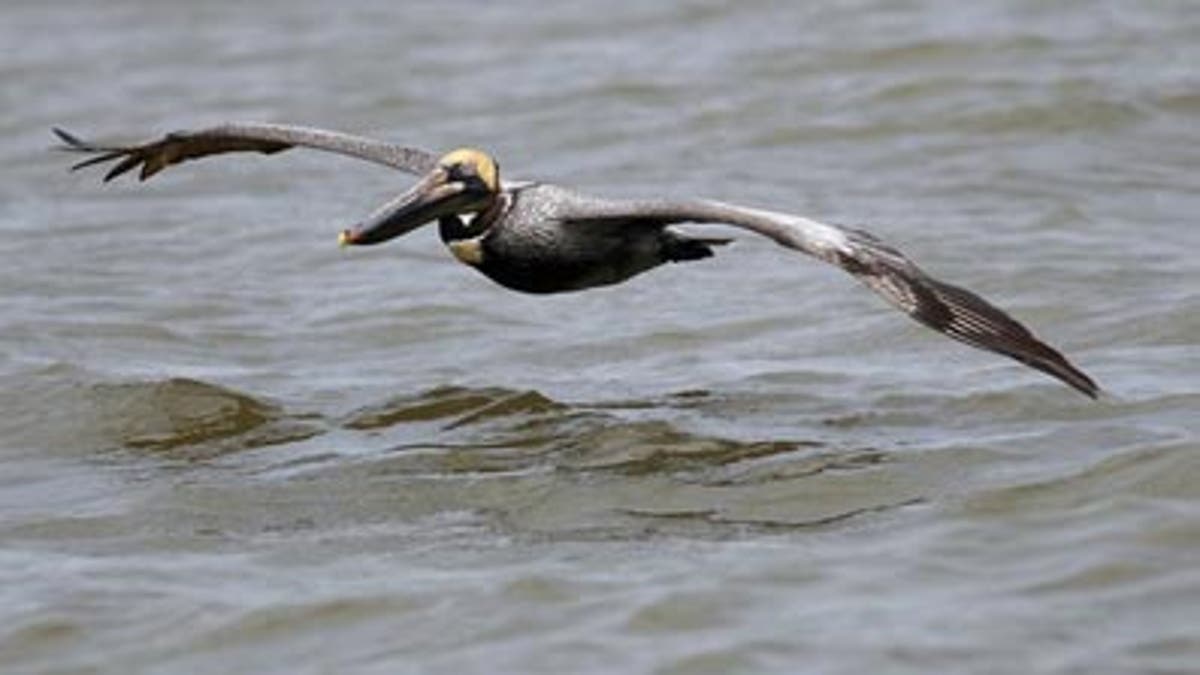
Reuters
As a professional ornithologist, I am called to ponder the calamity now gushing forth in the Gulf of Mexico. Its most unnerving feature is that we cannot begin to estimate how far-reaching its biological effects will be, let alone the scale of its economic impacts. The most essential facts are still emerging, and changing, each day. How much oil eventually will be released into the high seas? How far away will the havoc of this expanding oil spill be reached? How many hundreds -- or thousands -- of miles of coastline will be affected? How many oyster beds, sperm whale pods, bluefin tuna spawning beds, sea turtle beaches, and bird colonies will fall victim? Can we ever measure accurately the accumulated effects of this disaster on commercial fishing, and tourism, and human happiness?
Amidst these uncertainties, some essential facts are important to bear in mind. The Gulf of Mexico teems with life all year, and especially during spring days and nights when hundreds of millions of birds migrate northward across it. A large proportion of these will stop to replenish themselves at the very shorelines likely to be blackened by oil over the coming weeks. News reports already feature hopelessly oiled birds being rushed to soapy “rescues,” but let’s not fool ourselves. The biology of birds tarred at sea by crude oil is well known – most will die, even among those few that are found and given a reprieve by well-meaning nature lovers. Birds are tough creatures when it comes to facing natural hazards – after all, those that could not survive storms, droughts, floods, and fires through the millennia have long since died out without leaving descendants. But birds were never built to handle environmental onslaughts of the scale we humans have thrown at them. In the 1800s we exploited some of them to extinction. In the 1900s we ransacked their habitats with wholesale conversion and industrial pollutants. Now, in the 21st century, we confront birds with burgeoning oil spews of unprecedented scale directly at the peak, and dead-center in the pathway, of their annual migration. Depending on wind directions over the coming weeks, breeding birds of Gulf Coast marshes and estuaries could end up paying the biggest price of all.
The most important point, however, is that doomed birds laden with oil are not, themselves, the story. Rather, they play the familiar role of canaries in this coal mine. The blackened gannets and pelicans we see on the evening news are messengers for a much, much larger story that is far harder to see or comprehend, much less to measure. Unwittingly, birds always have been effective communicators to humans, and today is no exception. These oiled birds represent the headlines for myriad untold catastrophes that may unfold over the coming weeks: mass deaths of wildlife, reproductive failures, population crashes, and food-web collapses affecting literally thousands of species within the Gulf ecosystem. Events like this can have ecological effects that may last decades, perhaps much longer. More than 20 years after Exxon Valdez, we are still learning the facts about how populations and ecosystems respond to such unnatural disasters.
Certainly, we need to avoid hand-wringing, and mobilize now to begin learning from this one.
The Deepwater Horizon gusher was generated by twenty-first century technology, but it symbolizes the nineteenth century ethics we continue to apply when environmental protection contradicts energy exploitation. Although we cannot yet know the eventual scale of its biological and economic costs, we should, for once, agree that we must never again forget the fundamental lessons of this disaster. The unthinkable is possible, and must be planned for in advance. As we assess risks versus rewards, as we fully audit the true costs of energy exploration and extraction, we need to incorporate and properly mitigate the enormous risks and costs of disasters like Deepwater Horizon. Finally, with just one planet to steward and only one chance at this game, all of us should be called on to ponder whether some natural systems are just too complex and valuable to risk losing them, regardless of what temporary energy boost lies beneath them.
John W. Fitzpatrick, Ph.D., is the director of the Cornell Lab of Ornithology.For more, visitwww.birds.cornell.edu
Fox Forum is on Twitter. Follow us @fxnopinion.
